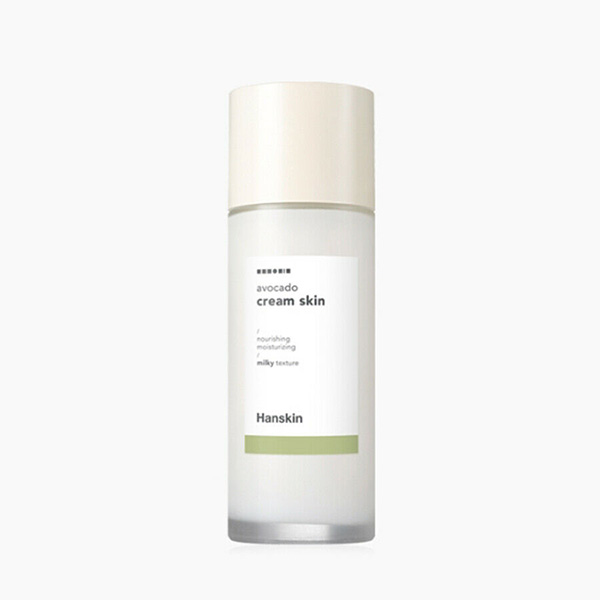Welcome to Dear Soko, a series dedicated to answering your biggest skin care questions with advice from Soko Glam’s skin experts. Whether you’re confused about specific ingredients or what you need to do to achieve healthier skin overall, our experts are here to guide you!
This week’s question is: “What are some products that are great for both sensitive and oily skin?”
Here, a Soko Glam skin expert’s answer:
It is important to understand how sensitive skin-friendly products are formulated. Sensitive skin products are typically formulated without ingredients that are known to be commonly irritating. This is why sensitive skin-friendly products are a great place to start! Of course everyone’s skin is different and there could still be ingredients in that formula that you find don’t end up working well for your individual skin.
RELATED: The Skin Care Products To Rotate Into Your Routine If You Have Oily Skin
To predict any reaction you want, avoid applying a new product all over your face, especially if your skin tends to be reactive. This is where patch testing comes in. Here, at The Klog, we recommend patch testing every single new skin care product in routine regardless of skin type. Of course, I do know how exciting it can be to open a new product and completely understand the urge to start using it right away. At the very least I recommend introducing new products into your routine slowly so you have a better idea which products are working out for your skin and which ones you might need to consider returning or gifting.
What’s great about K-beauty for sensitive skin is that the products lean to being more gentle and sensitive skin friendly. Sensitive skin is actually reported to be the most self-identified skin type in Korea. Even with more active ingredients like vitamin C or exfoliating acids, Koreans formulas typically favor lower percentages sometimes even low enough to be able to be used twice daily. To be sure, you want to take a look at the product itself and consider the percentage of the acids and also the usage directions that the brand recommends.
Now, when looking at these sensitive skin friendly products, you want to consider some keywords to find products that are lightweight enough for oily skin. Words like “watery” and “milky” are often used to describe lightweight products that absorb into the skin well which is what we want to avoid a greasy look. In the past year, “cream skin” has emerged on the horizon as a K-beauty trend. In Korea ‘toners’ are sometimes referred to as ‘skin’ so a cream toner is a milky toner that is often meant to act as both a toner and moisturizer! How to best use a cream skin will differ between brands, so again you’ll want to check out the official directions. ‘Gels’ and ‘gel creams’ are great texture key words for moisturizers!
Gels can sometimes be too light for even oily skin types. They tend work best for oily skin types in the warmer months or oily skin types in warmer climates though of course every formula is different. Gel creams have a best of both worlds mix of a lightweight, gel-like texture and more hydrating cream texture so they tend to work well for oily skin types year round. Another great keyword to look out for is “emulsion.” Emulsions are lightweight hydrators that sit in between essences and moisturizer in texture. For this reason, they are a great alternative to moisturizer for oil and even combo-oily skin types. Each emulsion will have its texture ranging from super lightweight to being more viscous. Check out the reviews on emulsions to get an idea of which one might be more suitable for your skin based on how oily you tend to get!
Sensitive skin is often listed by brands as a skin type, but some sensitive skin types may be more oily while others may be more dry! Knowing that a product is formulated for sensitive skin is the first step to finding products that may work well for you. To best tailor your routine, look for textures that will work well for how oily or dry your skin tends to be!
















